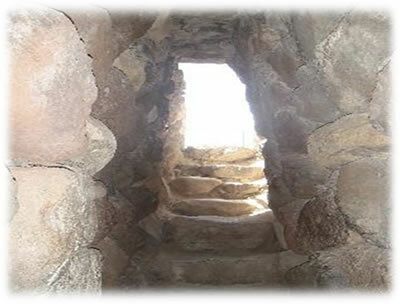With the discovery of the American continent and, specifically, of Brazil at the turn of the 15th to the 16th century, the progressive contact with native peoples made Europeans develop different perspectives on they. With regard to the natives of South America, the contact with the cannibal Indians of the Tupinambá tribe was one of the most emblematic. The imagination about the Tupinambás populated the minds of great Brazilian writers, such as José de Alencar, in the 19th century, and Oswald de Andrade, in the 20th century.
However, already at the turn of the 16th to the 17th century, some European intellectuals, such as the French Michel de Montaigne (1533-1592), made considerations about the peculiarities of the Brazilian cannibal indians. The contact of Montaigne and other Frenchmen with the Tupinambás happened after the attempt of French Calvinists, called Huguenots, to install colonies in Brazil in the second half of the 16th century – this attempt became known as “Antarctic France”. In 1562, some Tupinambá Indians were taken to Europe, with the objective of being exhibited to the King of France, Carlos IX, and courting him.
Montaigne's experience resulted in the writing of the essay “Dos Canibais” which was part of volume I of the work Essays by this author. This contrast between European culture and the “savage” or “barbarian” culture of the Indians portrayed by Montaigne became one of the earliest and, to date, richest records of a an attempt to “anthropologically” understand the “Other” and compare it with the European civilization itself and its often atrocious acts, as can be seen in the excerpt Following:
Do not stop now... There's more after the advertising ;)
“[...] It doesn't bother me to emphasize the barbaric horror that such action means, but rather that we condemn so much their faults and are so blind to ours. I think there is more barbarism in eating a living man than a dead one, tearing with torment and martyrdom a body still full of vitality, roasting it slowly and throw it to the dogs and pigs, who bite and martyr it (as we have recently seen, and haven't read, among neighbors and fellow citizens, and not among former enemies, and, what is worse, under the pretext of piety and religion) than in roasting and eating it after death.” (Montaigne, M. Of Cannibals.)
This effort was made not only by the extreme act of cannibalism practiced by the Tupinambás, but, above all, by the fact that this tribe, like the others of Brazilian territory, have not developed the mastery of metals - such as the Aztecs, Mayans and Incas - and have not also developed a system of writing. Due to these characteristics, they were considered as “primitive culture”.

Michel de Montaigne reflected on Tupinambá cannibals in his work Essays
In the following decades, until the middle of the 16th century, the capture and exposure of Indians in European courts became a commonplace fact. To some extent, the European vision of Brazil was based for a long time on these experiences, alternating between "vision of paradise" and "vision of hell" according to the types of events addressed.
By Me. Cláudio Fernandes
Would you like to reference this text in a school or academic work? Look:
FERNANDES, Claudio. "Tupinambá Indians in 16th-century France"; Brazil School. Available in: https://brasilescola.uol.com.br/historiag/Indios-tupinambas-na-franca-seculo-xvi.htm. Accessed on June 27, 2021.


